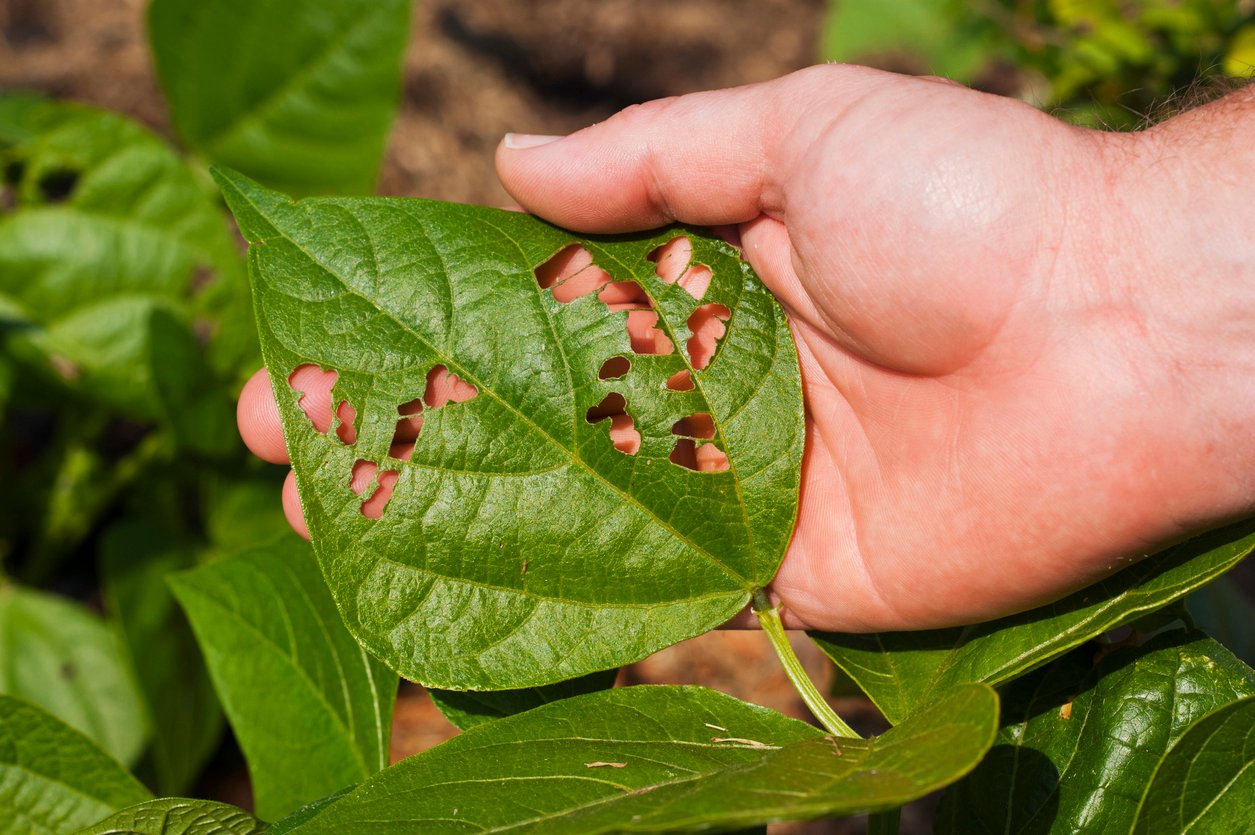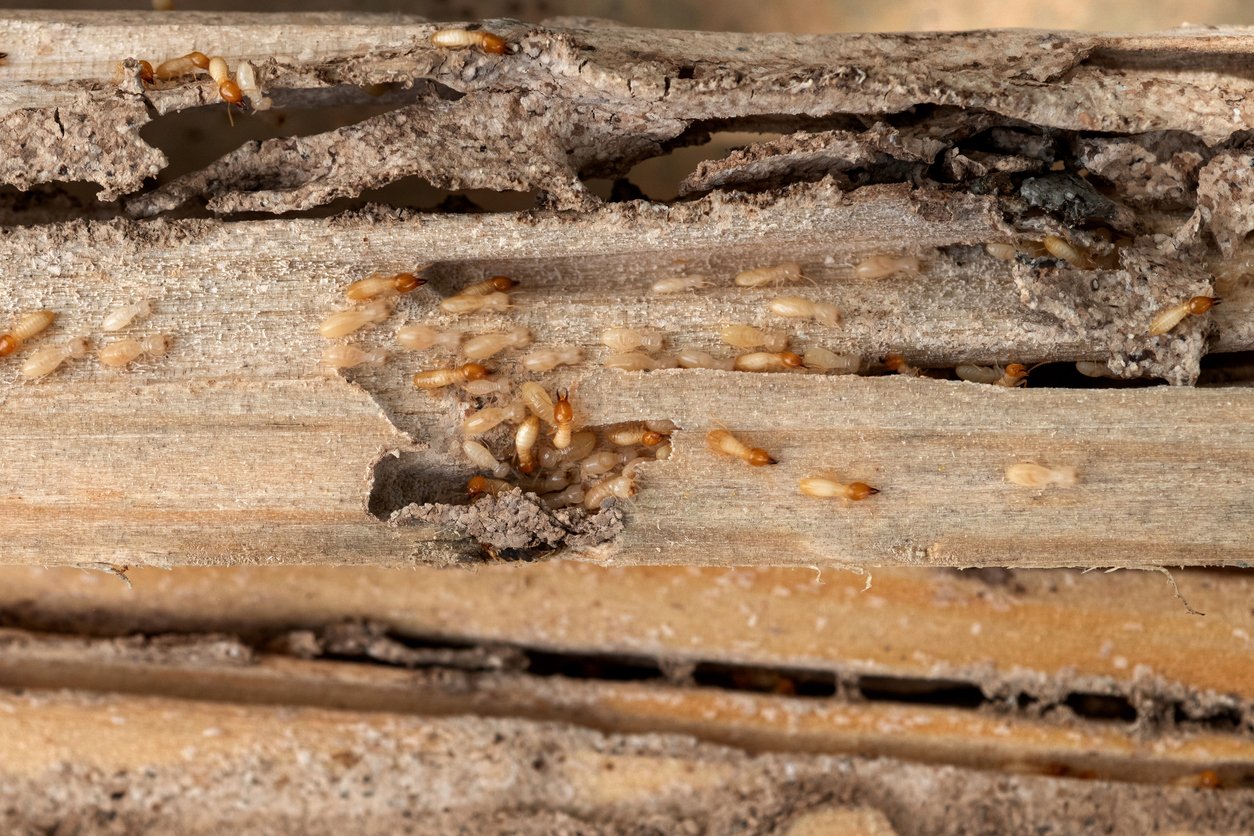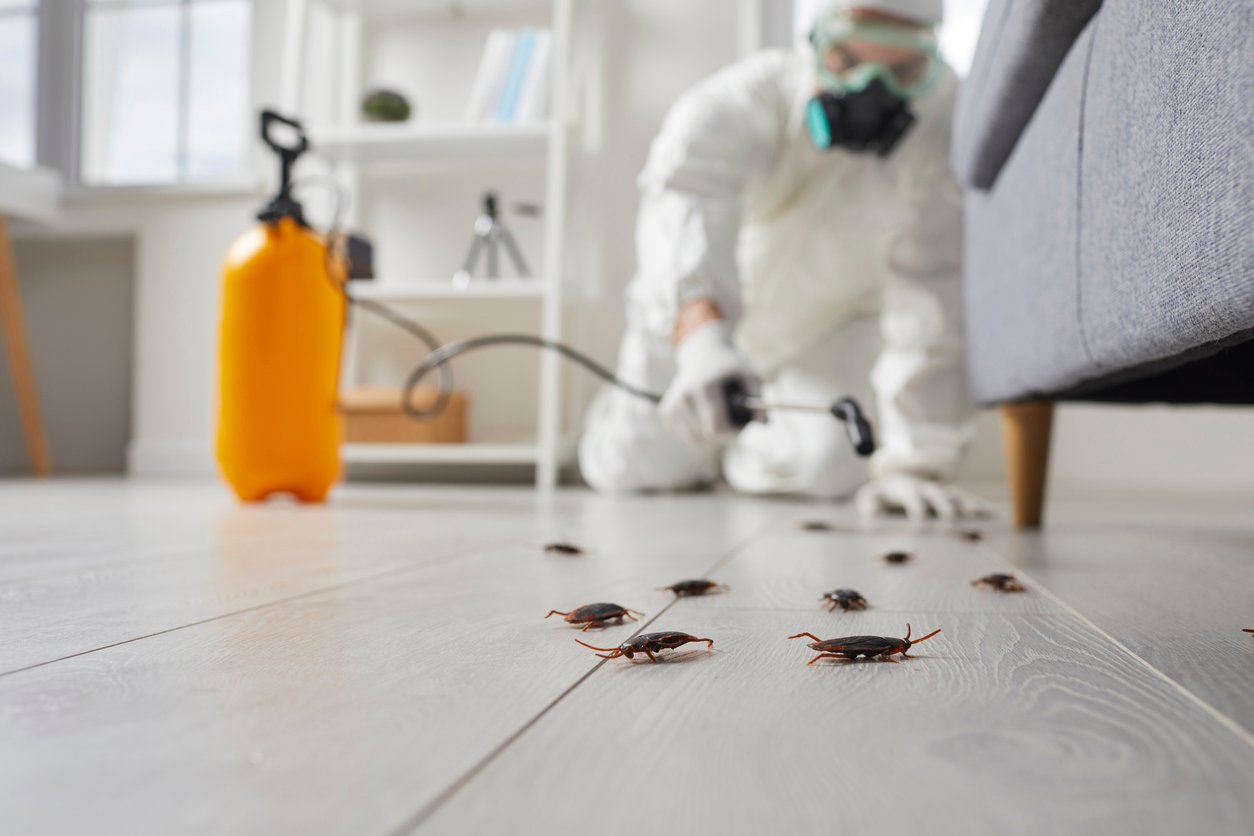How To Get Rid Of Weevils

If you’ve ever dealt with weevils, you know just how unsettling it can be to find these pests living in your food or setting up residence in your backyard. While the best solution for getting rid of weevils is to contact your professional pest control provider, these tips can help you prevent infestations in the first place and make sure they don’t return.

What is a Weevil?
True weevils are insects from the Curculionidae superfamily, typically distinguished by a prominent snout used for chewing. They fall under the same order as beetles (Coleoptera) which is why they share many similarities. Weevils have six legs and may or may not have wings depending on the species.
The most common type of weevil that infests homes is a stored-product pest like the grain weevil or rice weevil. Moxie Branch Manager Jonathan Ferreira, ACE (Associate Certified Entomologist) describes these weevils as looking like very small beetles, “about the size of a tip of a Sharpie.” According to Jon, the best way to verify these pests in your home is by their elongated snout. These weevils can also be considered “interior weevils,” while other species live outdoors.

Interior Weevils
Stored grain weevils of the genus Sitophilus are the weevils you’re most likely to run into in your home. These tiny pests can be very difficult to get rid of, as females can lay up to 400 eggs in their lifetime. The main three species that disturb food products in the United States are:
- Rice Weevils (Sitophilus oryzae)
- Granary Weevils (Sitophilus granarius)
- Maize Weevils (Sitophilus zeamais)
These weevils are all brought into homes from stored products like rice, flour, or other grains. “They come straight from the manufacturer,” said Ferreira, “so if you happen to buy a bag of rice at the store that’s infested, weevils become a problem right away.”
Despite quality control in food processing plants, occasionally weevils lay eggs in these products before they are packaged and shipped across the country. Once you’ve purchased a product containing weevil eggs, they will begin to hatch, feed, and multiply rapidly. As soon as you notice an infestation, take action right away and call a professional pest control provider.

Exterior Weevils
Exterior weevil species live outside and depending on the species, these insects stick to one type of food source. Most exterior weevils do not enter homes, and if they do it is usually by accident. They will likely either die or find their way back outside rather than look for food sources in your home. There are a few common species you may encounter:
- Strawberry Root Weevils (Otiorhynchus ovatus). This species is somewhat of an anomaly because they are often found indoors despite being an exterior weevil. They also lack the telltale long snout that many weevil species have. Strawberry root weevils are attracted to moisture and may enter your home looking for shelter or a place to overwinter. They won’t harm you or your pets or infest your food, but they could show up in large numbers near the end of summer.
- Palmetto Weevils (Rhynchophorus cruentatus). This is the largest species of weevil in North America, measuring up to three centimeters. Palmetto weevils are native to Florida, but they can be found in other states along the southern and eastern coasts as well. These weevils are active fliers and feed on various types of palm trees, often inflicting irreparable damage.
- Pine Weevils (Pissodes strobi). This weevil species is very destructive to pine trees. Adults pierce white pines, feed on the tree, and plant eggs inside the puncture wound. Pine weevil larvae then proceed to feed on the inside of the tree, grow into adults, and repeat the damaging process, sometimes leaving the tree unsalvageable.
- Acorn Weevils (Curculio glandium). Acorn weevils focus primarily on acorns, not damaging the trees themselves. These weevils are unique because larvae consume nuts from the inside out, leave a small hole where they exit, and then take up to two years to become adults.

Where are Weevils found in homes?
The number one place you’re likely to find weevils inside is in your pantry. Interior stored-product weevils do not live outside, so they’re not entering your home from an exterior habitat, and they won’t wander around aimlessly. Interior weevils come directly from food manufacturers with one goal in mind: to keep eating, multiplying, and eating some more.
Weevil life cycle
- At 0.1 mm in size, weevil eggs are virtually imperceptible. Rice and grain weevil eggs are stored either inside individual grains of rice or mixed into a bag of flour or other food products.
- Eggs hatch after a few days, and larvae feed on products for about 18 days before becoming adults. Larvae are white and resemble small maggots.
- As adults, weevils look like little black dots rolling around in your grain products or in other areas of your pantry. If you look closely, you’ll be able to see their distinct pointed snouts.
If you happen to find exterior weevils in your home, they will likely be crawling around near an entry point like a window, a door that leads outside, or the garage.

How to get rid of a Weevil infestation
A weevil infestation can be pretty difficult to control because of the rate at which they consume food sources and multiply. These insects are almost always brought into your home from an item you purchased at the store, and they often begin reproducing before you even know they’re there.
A pest control professional can help eliminate weevils from your home, but there are a few things you can do if you’ve spotted an infestation as well:
Get rid of all your food
The first thing you should do is get rid of all of the food in your pantry that may have been infested. This is one of the very unfortunate symptoms of a weevil infestation, but it is necessary. Weevils are resilient and will get into any food sources they can, so the safest thing to do is get rid of all the possible breeding grounds (i.e. anything that’s not in a sealed container).
Clean food storage areas
Once you’ve emptied out your pantry or food storage cupboards, be sure to clean and disinfect these areas thoroughly. By cleaning these surfaces, you can ensure that you eliminate eggs, larvae, or adults that may remain.
Store grains properly
Store dry food products like flour and rice in airtight containers. This is a good practice for other pantry foods as well, such as cereal, cookies, pasta, and chips. This will help discourage other kitchen pests as well.
Contact us today to get help with unwanted pests in your home, and let our friendly field experts put your mind at ease.



